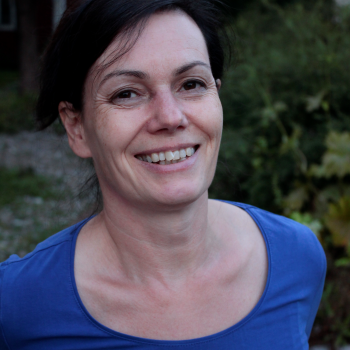Do you think it is sex? You are wrong!

Reuters Institute Fellow's Paper
Satu Vasantola, a senior journalist and features editor at Finland’s largest newspaper Helsingin Sanomat, has written a path-breaking study on the shareability of articles on social media, called ‘Do you think it is sex? You are wrong! This is what people share most on social media’.
This is how Satu describes her research: "Online metrics have been one of the biggest topics of discussion in newsrooms lately. How closely should we look at what the audience wants to read online and share on social media? Should that information affect the decisions of what topics are covered and how? The traditional answer has been ‘No’. The news journalists have always thought that they know better than the audience what is important and newsworthy. Their understandable concern has been that if the management of media organisations focus solely on the most read and most shared articles, journalists end up writing more and more content that is quick to create, easy to read and has nothing to do with the traditional news values. Who would then cover the complicated, important issues? The problem with this attitude is arrogance. It is based on the assumption of an ignorant audience who do not know what they should read or watch. Is this assumption justified? Do people want to read and share only stories about sex and crime, and possibly some funny, weird stuff? This paper looks at the choices of the audiences by classifying and analysing 300 articles: the most shared articles from the BBC and two big Finnish media companies, Yleisradio and Helsingin Sanomat.
These articles are classified by topics, form, genre, headlines, length, angle and emotions. The results? They are many, but it was clear that there is a hunger for analytical, inspiring long-form content. The paper also suggests a new concept of sharing criteria and lists ten criteria for shareable content. The traditional news values can be seen as journalists’ view of quality journalism, whereas the sharing criteria give an idea of the audience’s view of good journalism. There are similarities between these two criteria but the differences are notable."
As with all Fellows’ research papers, any opinions expressed are those of the author and not of the Institute.





